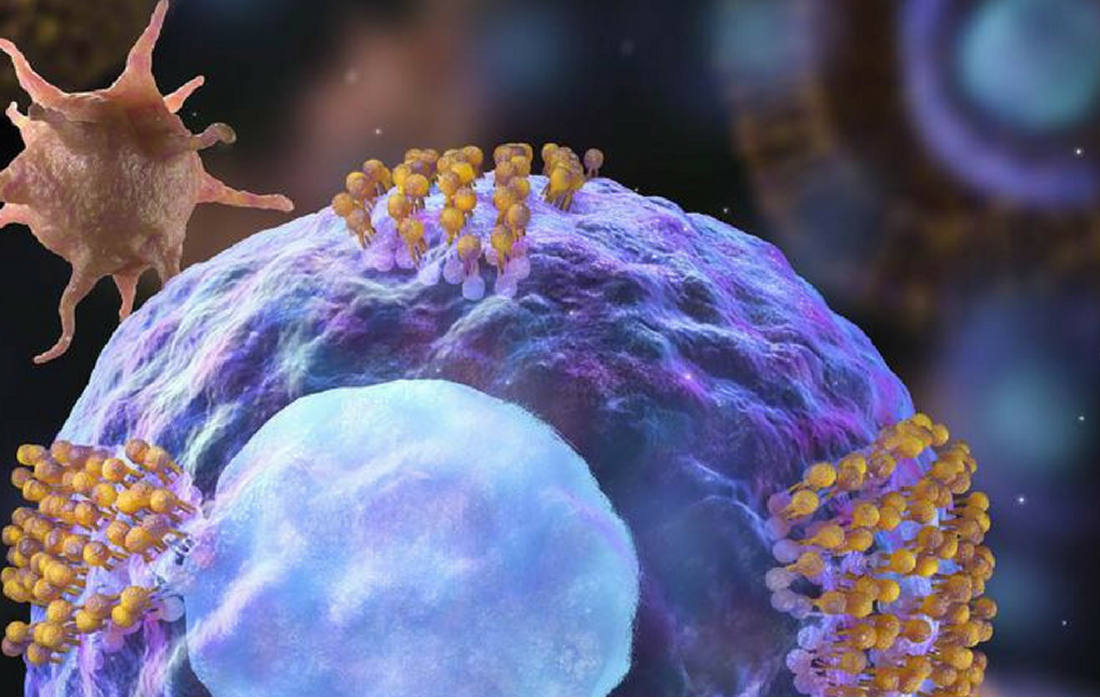Regenerative Medicine News and General Information
Immune System Activation Underlies Cardiac Stem Cell Therapies
Stem cell therapy for heart disease has been under investigation for several years. Using injections of stem cells, from a patient’s own body, from a donor or other sources has been shown to improve heart function. But the way that cells help has not been completely elucidated.
A study by Ronald J. Vagnozzi and colleagues, published in the journal Nature examine the mechanistic basis for cell therapy in mice after ischaemia–reperfusion injury, and find that, although heart function is enhanced, it is not associated with the production of new cardiomyocytes.
In the study cell therapy improved heart function through an acute sterile immune response characterized by the temporal and regional induction of CCR2+ and CX3CR1+ macrophages.
They performed an intracardiac injection of 2 types of adult stem cells, cells killed by freezing and thawing or a chemical inducer of the innate immune response all induced a similar regional accumulation of these types of macrophages, and provided functional rejuvenation to the heart after ischaemia-reperfusion injury, which altered the activity of cardiac fibroblasts, reduced the extracellular matrix in the border zone and enhanced the mechanical activity of the injured area of the heart.
They concluded that the functional benefit of cardiac cell therapy is due to an acute inflammatory-based wound healing response that rejuvenates the infarcted area, rather than the production of new cardiomyocytes as previously thought.
Cardiologist Jonathan Epstein of the University of Pennsylvania’s Perelman School of Medicine in an email to The Scientist said: “This work is a paradigm-shifting because it demonstrates a mechanism to explain a perplexing phenomenon that has intrigued cardiologists as a result of decades of cardiac stem cell trials.” “Now the focus can shift from injection cells into the heart to understanding how to modulate the immune system so that heart function is improved.”
The team showed that after they injected live stem cells, dead stem cells or zymosan (the activator of the innate immune system) into the hearts of mice that had been given an experimental myocardial infarction, functional improvement of the heart occurred. By contrast, an injection of cyclosporine, which suppresses the innate immune system after the cell delivery, eliminated the beneficial effects.
Joshua Hare, a cardiologist and stem cell researcher at the University of Miami who was not involved in the study sees the paper not as evidence that the stem cells themselves aren’t necessary, but instead as a mechanistic explanation for the fact that they do work. It is often the case in medicine, he says, that once a treatment is in use, “we change our perspective on how they work.” Fundamentally, he says, “we know that the cells are working,” and that they’re safe. He therefore thinks the paper “supports the field and . . . substantiates that we were on the right track.” That said, he adds, “If someone takes these findings and comes up with a better approach, a safer approach, a more efficacious approach, that’s great.”
Source:
Ruth Williams (2019, Nov 27). Activation of The Immune System Underlies Cardiac Cell Therapies. The Scientist. Retrieved from:
Vagnozzi, R.J., Maillet, M., Sargent, M.A. et al. An acute immune response underlies the benefit of cardiac stem cell therapy. Nature 577, 405–409 (2020). https://doi.org/10.1038/s41586-019-1802-2
Image from: https://www.labroots.com/trending/cardiology/7829/cardiac-stem-cells-designed-treat-damaged-tissue

